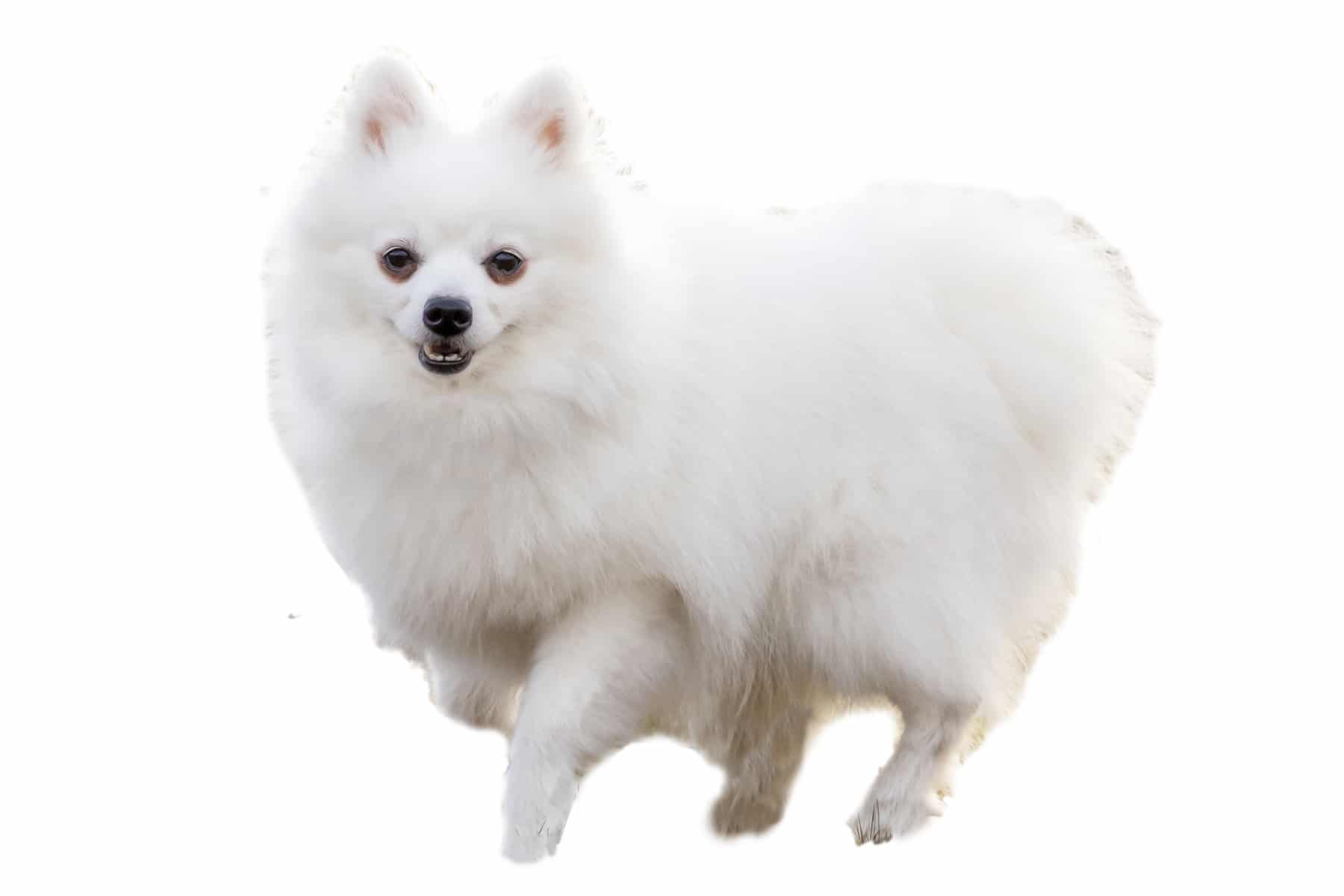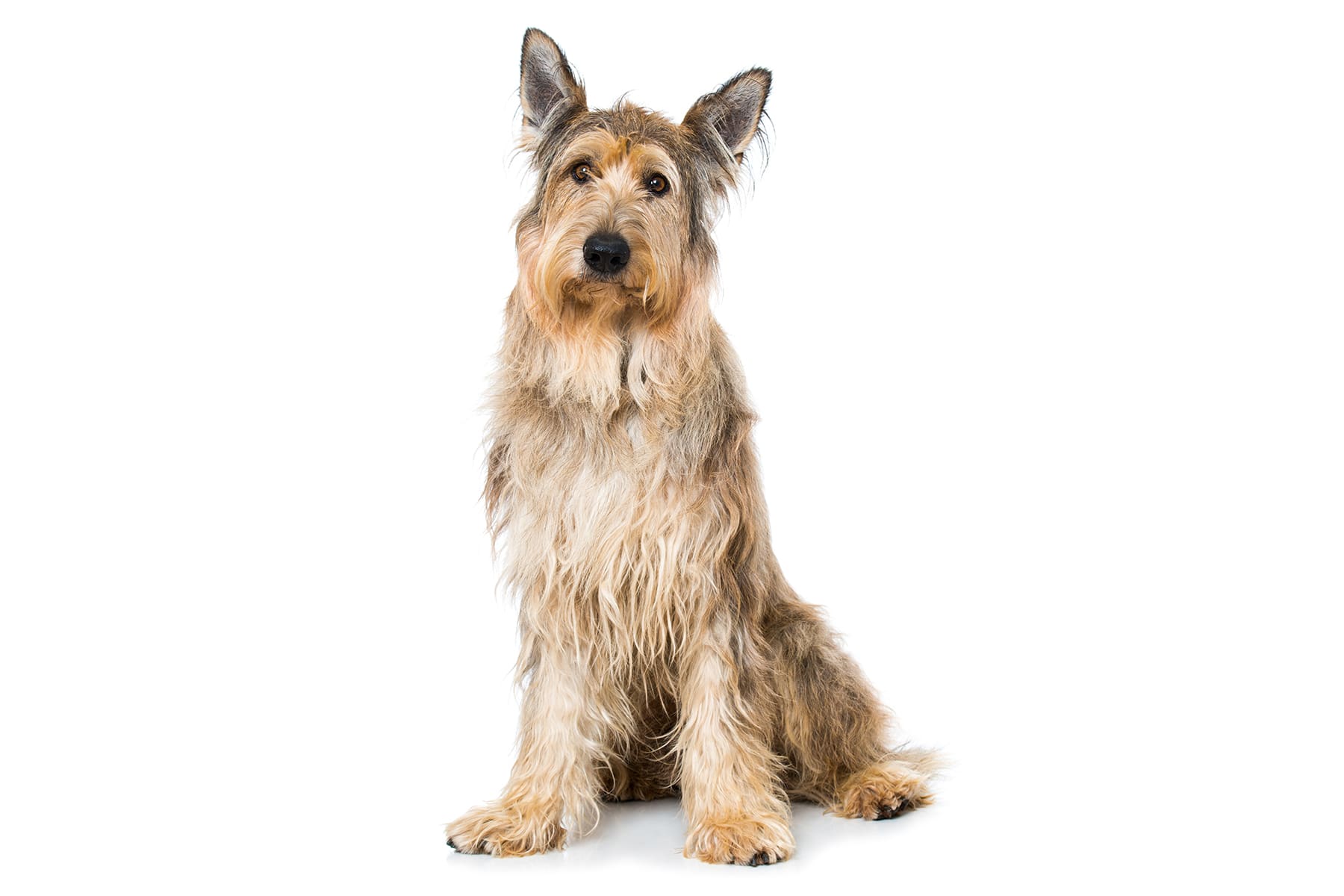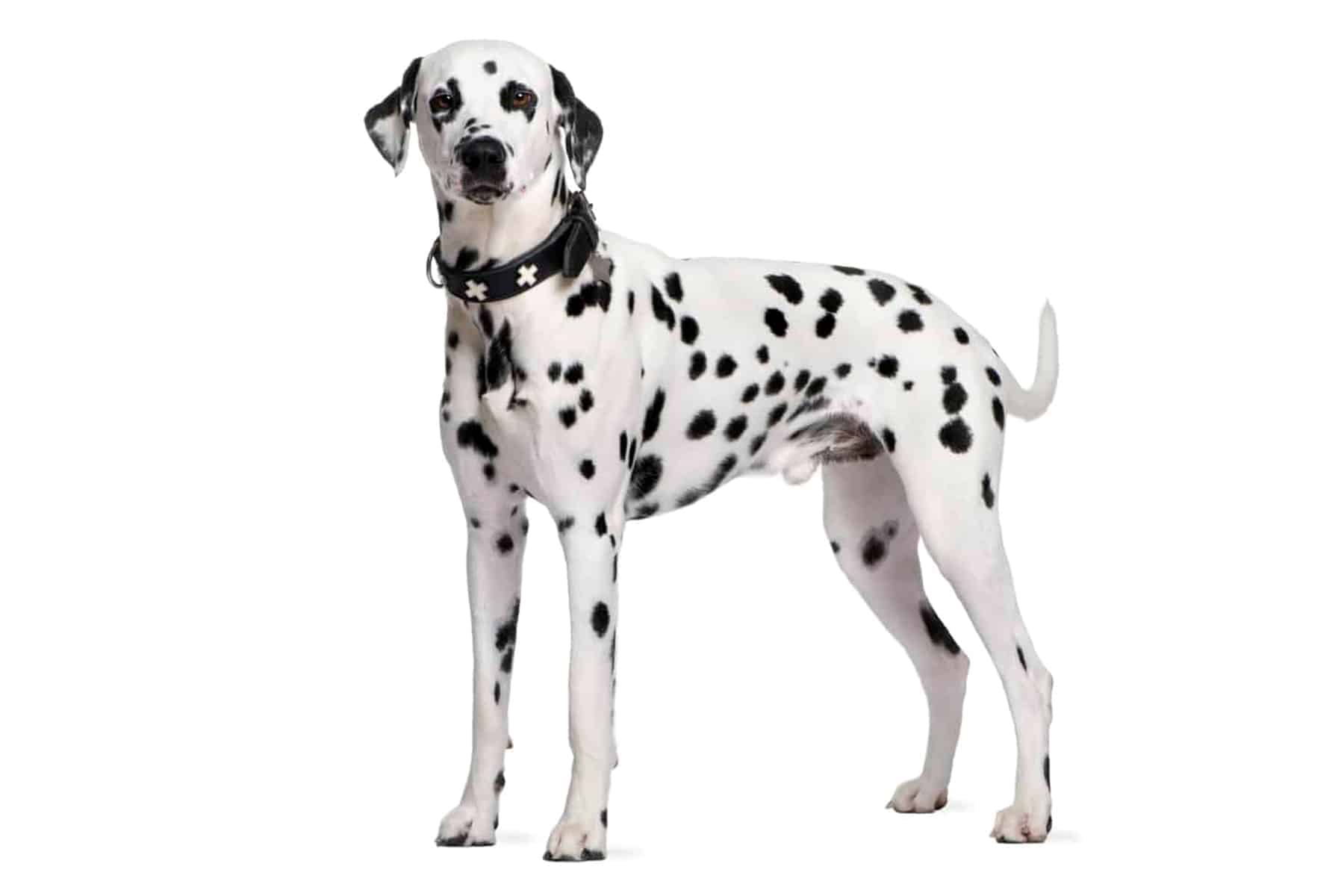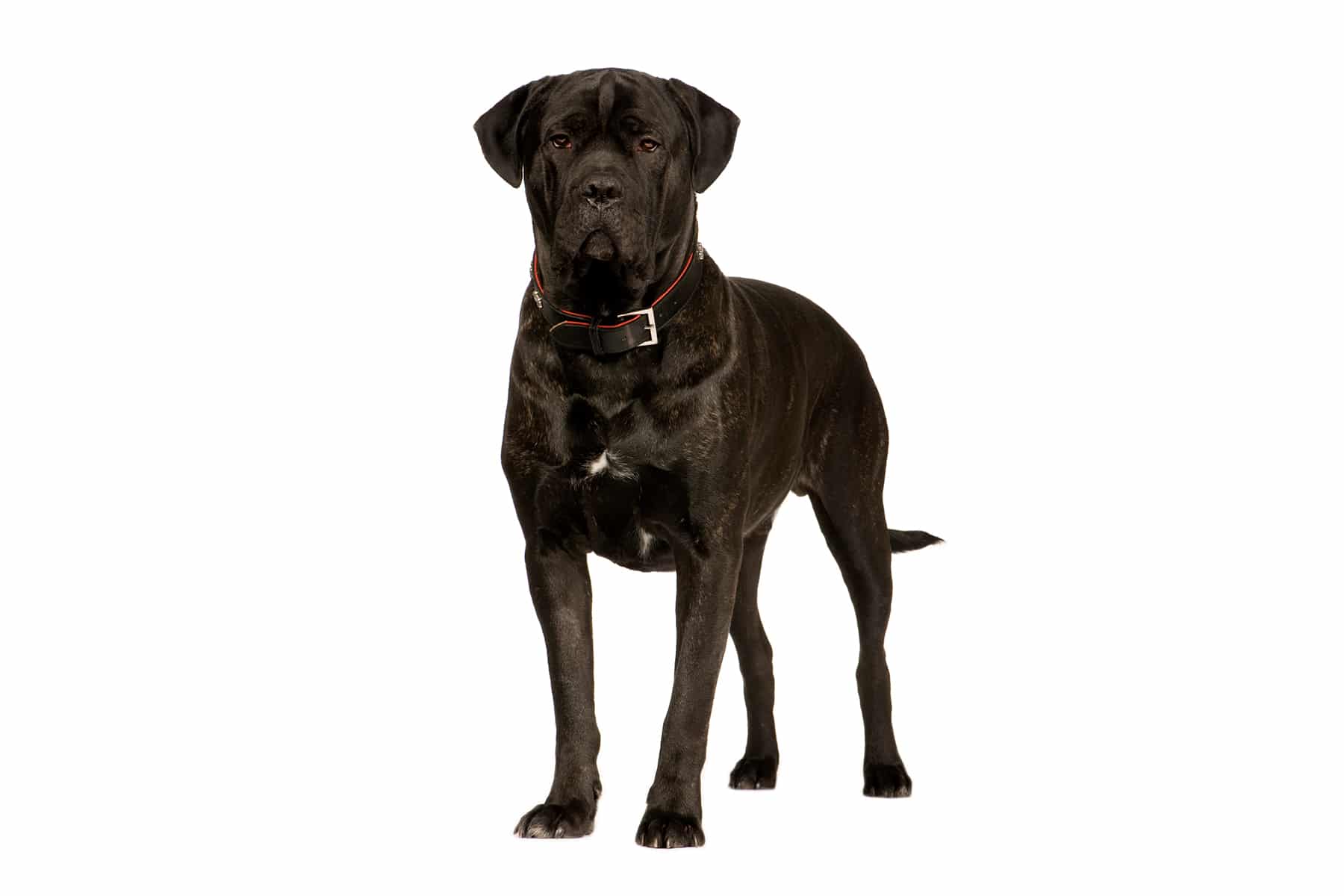Bullmastiff
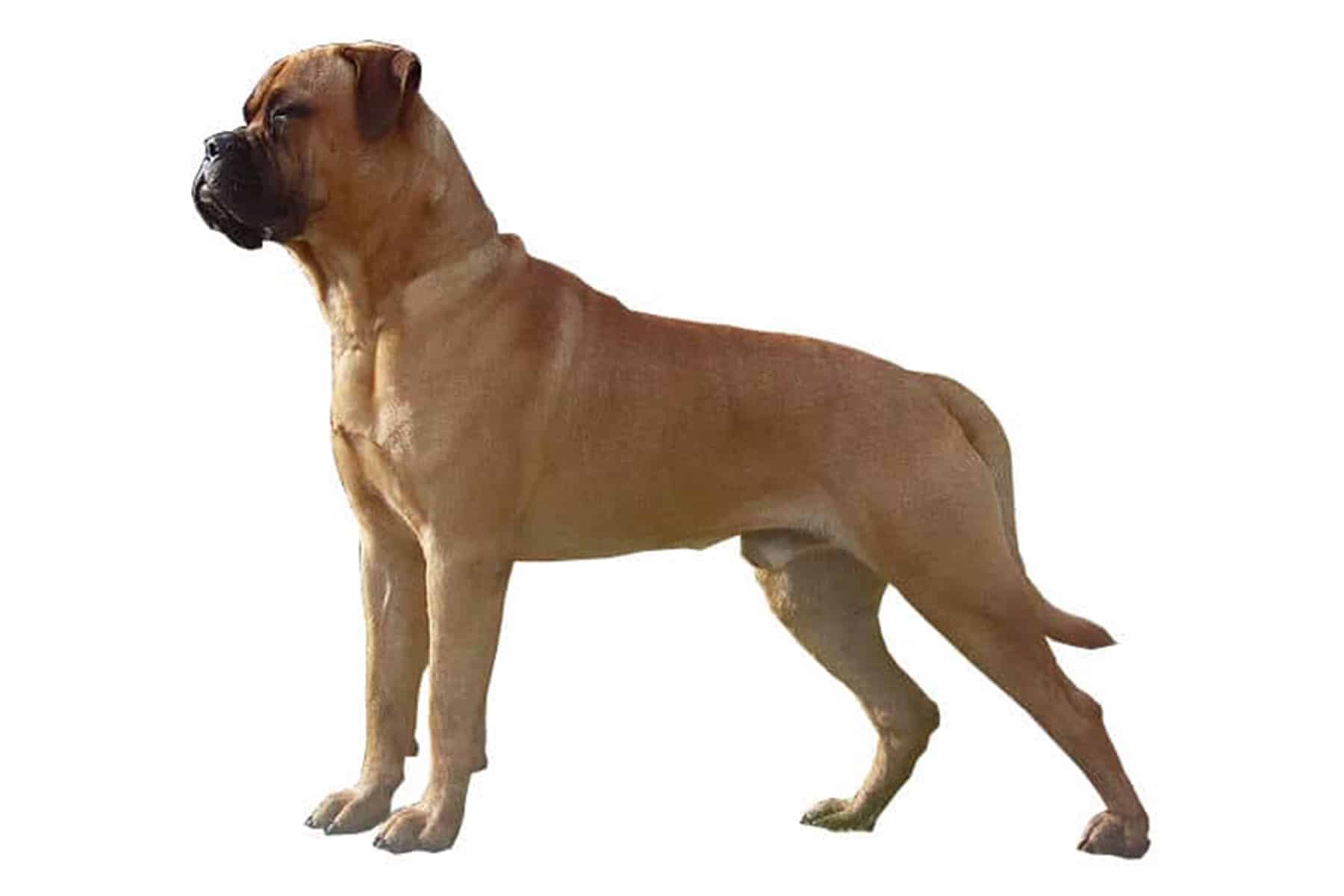
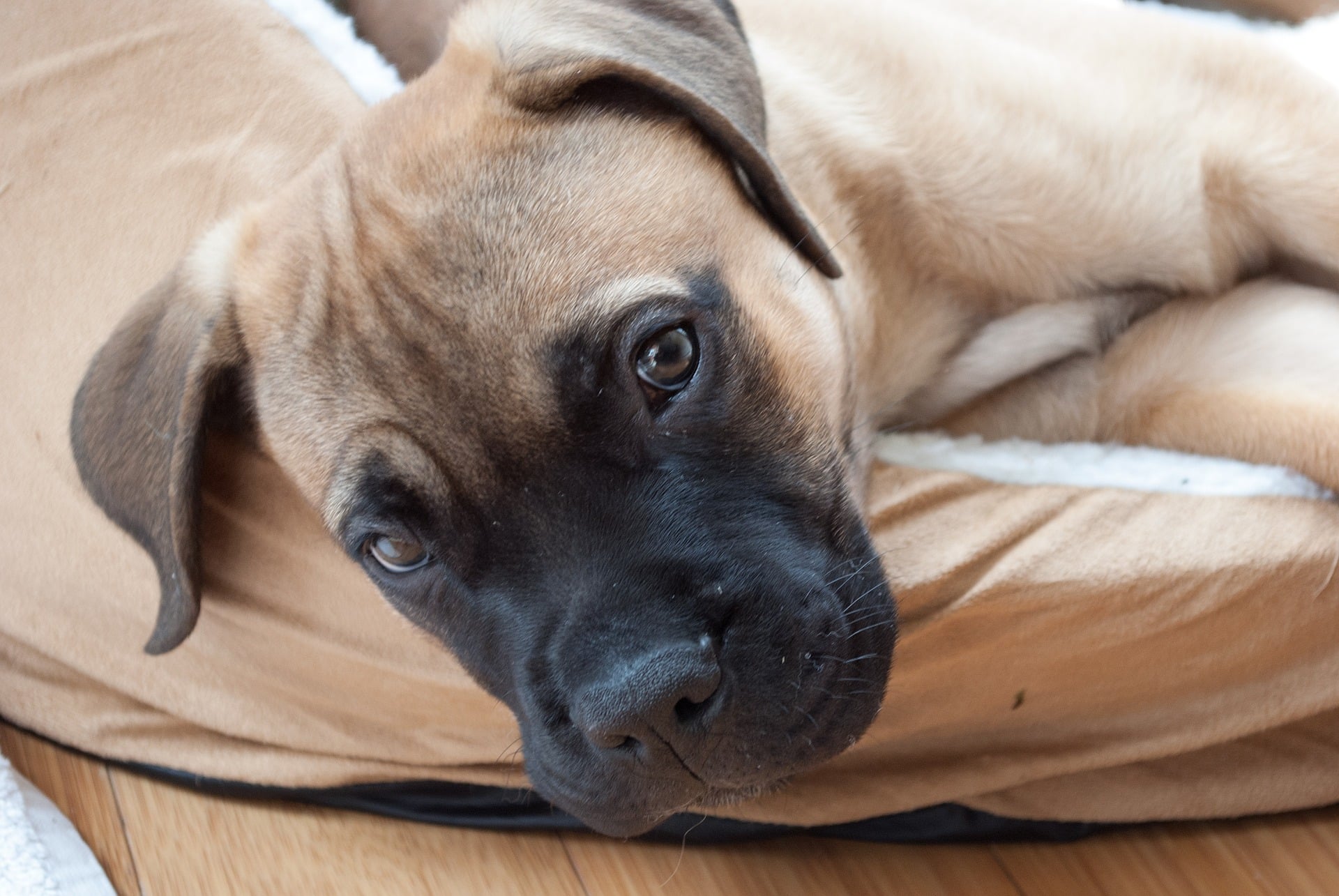
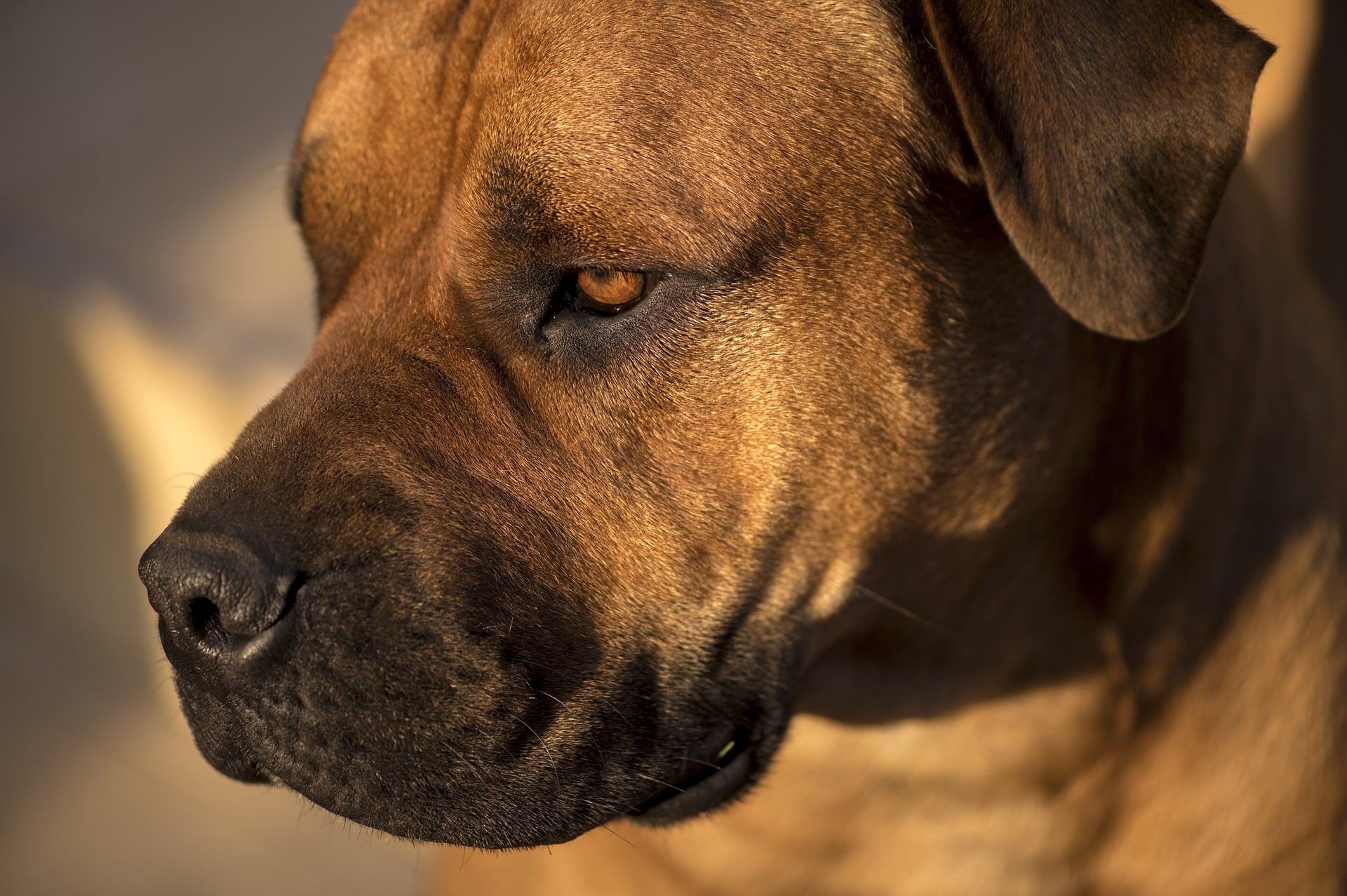

Temperament:
It is immediately obvious that the Bullmastiff belongs to the dog-type dogs. It was only bred as a guard and watchdog in more recent times. In fact, it is one of the youngest breeds of all. It became known as a police dog in Great Britain and the USA. The breed is registered with the FCI under standard number 157. In Germany, breeders are organized in the Club für Molosser e.V..
Characteristics
The Bullmastiff reaches a shoulder height of up to 69 cm and thus belongs to the medium-sized dogs. With a weight of 60 kg, it appears massive and muscular. This impression is reinforced by its broad chest and compact build. Its coat is smooth with short, shaggy hair. The breed comes in various shades of brindle, red or fawn.
The square head gives the Bullmastiff its characteristic appearance. This includes the V-shaped ears and the short muzzle. The black mask is striking. It is dark on the muzzle and lightens towards the eyes. The breed often has white markings on the chest.
A special feature of this breed are the forehead wrinkles. At rest, the forehead is smooth. As soon as he notices something unusual, this changes. It does not make a sound. But the Bullmastiff's forehead is clearly furrowed. This gives its owner an inaudible sign that something is wrong.
In general, the Bullmastiff rarely barks. It is alert but rather calm. It is suspicious and reserved towards other people. However, he is very attached to his family and is particularly loyal.
As a guard dog, the Bullmastiff is bred for endurance and good tracking ability. It is very alert and watchful. He is loyal to his family and ready to defend them at all times. His stimulus threshold is high. Nevertheless, he must be trained consistently from puppyhood. He then accepts strangers and is not overly suspicious.
The Bullmastiff needs plenty of exercise. This powerhouse loves an active life. He loves to play but is still calm around other dogs. These characteristics make it an ideal family dog. He is balanced and friendly towards children. He knows who belongs to his family. He protects these people reliably and resolutely.
His great self-confidence and pronounced stubbornness make him an advanced dog. Thorough training is required right from the start. Subordination is recommended as a good occupation and training for the Bullmastiff. He likes to work and learns quickly.
In some federal states, the Bullmastiff is a listed dog. It is also on the breed list in Vienna and Vorarlberg. The breed is completely banned in the Swiss canton of Geneva and is on the list in Ticino. It is considered dangerous or suspiciously dangerous. This means that certain restrictions or requirements apply to keeping them.
Coat care:
Shedding:
Energy level:
Trainability:
Children suitable:
The right food
Although the Bullmastiff is considered a healthy breed, some diseases do occur. These include hip joint dysplasia and elbow dysplasia. Would you like to prevent or reduce these diseases? Then you should pay attention to your dog's diet from puppyhood.
It is known that an incorrect diet during the growth phase favors these diseases. It is therefore important that puppy food contains sufficient nutrients but does not lead to rapid growth. The ingredients of the food should be of high quality and balanced.
The Bullmastiff is a heavy dog due to its muscular build. It is therefore important that it maintains a normal weight.
Treats as a reward are of course allowed. You simply deduct them from the next food ration. This way you ensure that your dog stays slim and healthy.
Bullmastiffs like to eat everything that comes in front of their snout. So be careful. Especially outdoors, you have to make sure that he doesn't snatch anything from the ground. Leftovers and food from the table are taboo.
Health & Care
Your Bullmastiff is very easy to groom. The coat needs to be brushed. After spending time outdoors, check him for ticks and injuries. Also check the paws and the spaces between the claws.
You can remove dirt with a brush. If brushing is no longer sufficient, you can also give him a bath. Use a mild dog shampoo for this.
The Bullmastiff drools quickly. You can regularly remove the annoying saliva with a cloth.
Pay particular attention to the ears that are laid back. It is not easy to tell whether they are in order. Therefore, check them regularly. There must be no inflammation, injuries or parasites.
Claw trimming is part of the standard program. You can trim the claws yourself with claw scissors or have this done by a dog groomer or your vet.
Regular visits to the vet will keep your dog healthy. He needs to be vaccinated. The vet will also worm him and check his general condition.
As a listed dog, the Bullmastiff must pass a character test in some federal states. As the owner, you may have to provide a certificate of competence. In addition to the physical care of your dog, this also requires a certain amount of attention.
Constant and consistent training makes living together with your guard dog easy. You keep his alert mind busy with work. Tracking work, a little agility or other exercises will balance out his temperament. You should also clarify the hierarchy in everyday life and emphasize obedience.
Suitable accessories
Whether you have a puppy or an adult dog, your Bullmastiff needs interesting and stable toys.
He loves to be with his family. That's why he definitely doesn't belong in a kennel. A place in the house or apartment with a dog mat is ideal.
Food, bowl and brush as well as claw scissors complete the basic equipment. Some recommend a bib. It helps to catch excess saliva. In the car, the large dog should sit in the trunk. The dog crate also makes driving safer for him.
A collar and a lead are part of the basic equipment for when you are out and about. A muzzle may also be mandatory in your region. Find out beforehand whether your dog is on the breed list. You can also get the necessary information about official requirements there.
The other accessories depend on which activity you choose. For agility, you can equip yourself with various hurdles and course sets. For tracking work, you will need a harness. A long lead or drag line is also useful.
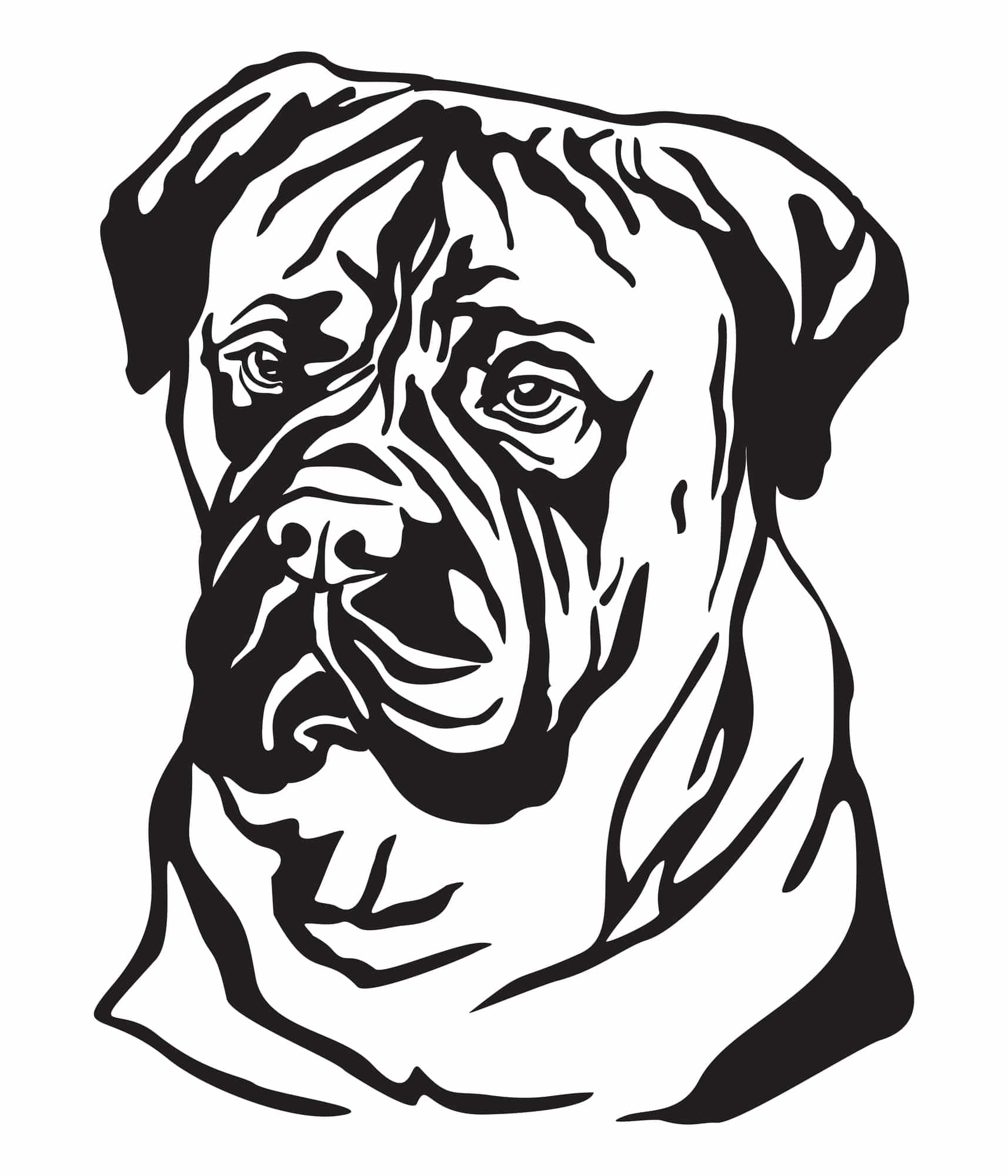
Origin & History
In the 19th century, England was home to many aristocrats with large country estates. Gamekeepers were responsible for protecting their estates from poachers. Hunger drove many people to hunt illegally. But poaching was punishable by death.
In order to catch the criminals, you needed a dog that was alert and on the right track. It should not injure them unnecessarily, but only catch them. The poachers were to be executed as publicly as possible. This served as a deterrent to other potential offenders. Until then, the gamekeepers used large hunting dogs. But they injured and killed instead of just catching them.
The Bullmastiff was selectively bred. It is 60 percent descended from the Mastiff (Old English Mastiff). It owes 40 percent to the bulldog (Old English Bulldog). A pinch of Bloodhound provided the excellent sense of smell. The gamekeeper's nightdog was born.
The British Kennel Club recognized the breed on 24 December 1924. However, its time as a hunting dog is long gone. Its characteristics are particularly valued by the police. It is a widely used police dog in Great Britain and the USA.
A great lover of this breed was the breeder Moseley. He made the Bullmastiff widely known. In 1925, he began to turn the guard dog into a loyal family dog. The Bullmastiff is also an excellent companion dog. It is also frequently used as a sniffer and guard dog. It can also be used as a guide and rescue dog.
